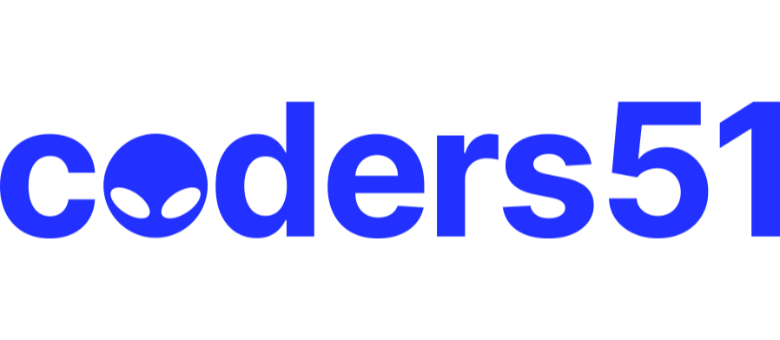jaaborot
Quantum Computing: Assigned rotations for 0 qubelets and 1 qubelets are inconsistent across several pages (pages 400, 402, 406, 407, 413)
Title: Quantum Computing: The angle of rotation of the 0 qubelets and 1 qubelets are inconsistent across several pages (pages 400, 402, 406, 407, 413)
Example:
- 0 qubelets are assigned with 20 degrees rotation, 1 qubelets are assigned with -30 degress rotation - (page 400)
- 0 qubelets are assigned with 20 degrees rotation, 1 qubelets are assigned with -30 degrees rotation - (page 402)
- 0 qubelets are assigned with 30 degrees rotation, 1 qubelets are assigned with 20 degrees rotation - (page 406)
- 0 qubelets are assigned with 20 degrees rotation, 1 qubelets are assigned with 30 degrees rotation - (page 407)
- 0 qubelets are assigned with 20 degrees rotation, 1 qubelets are assigned with -30 degrees rotation - (page 413)
First Post!
nihal.mehta
Author of Quantum Computing
Hi,
- Not quite. What’s shown is that starting with qubelets that initially have no orientation, we move the entire qubit (the qubelet orientations are still 0 degrees) through a series of rotations (actually just 2), so that it ends up at any point on the unit sphere we choose. The difference between the 2 rotations we moved the qubit is then shown as the orientation of the triangle |1> qubelets. The latitude on the Bloch sphere tells us the relation between the number of the pentagon |0> qubelets and the triangle |1> qubelets (for example, states near the North Pole have more pentagon |0> qubelets than triangle |1> qubelets). And, the longitude indicates the relative difference in orientations between the pentagon |0> and triangle |1> qubelets. The intent is just to illustrate that any point on the Bloch sphere is equivalently represented as pentagon |0> and triangle |1> qubelets oriented in a mathematically precise way.
- Don’t think of starting with qubelets in a specific orientation.
- The Try Your Hand exercises on Page 156 should shed more light on the relationship between a point on the Bloch sphere (a specific quantum state) and the pentagon |0> and triangle |1> qubelets.
- Not sure if it helps, but think of a solved Rubik’s Cube. When you twist and turn its faces, you are moving the entire face containing the tiny cubies at once. After a few such twists, the tiny cubies end up with different orientations. We are doing something similar here but with with just 2 “faces” each representing the pentagon |0> and triangle |1> qubelets respectively. We rotate the entire face as a unit just as in the Rubik’s Cube. And, the state we end up in is a specific combination of the number of pentagon |0> and triangle |1> qubelets their respective orientations.
Thanks again for your comments. This is a difficult topic and hard to wrap your head around. I find the Bloch sphere highly confusing when designing quantum algorithms.
But, since the qubelets in a qubit are equivalent to quantum states on the Bloch sphere, we can instead use the qubelets model to build quantum circuits that take a qubit from one quantum state. I find this more intuitive than grappling with the Bloch sphere.
Thanks,
Nihal
Popular Pragmatic Bookshelf topics

In Chapter 3, the source for index introduces Config on page 31, followed by more code including tests; Config isn’t introduced until pag...
New
Some minor things in the paper edition that says “3 2020” on the title page verso, not mentioned in the book’s errata online:
p. 186 But...
New
Hello Brian,
I have some problems with running the code in your book. I like the style of the book very much and I have learnt a lot as...
New
Title: Hands-On Rust (Chapter 11: prefab)
Just played a couple of amulet-less games. With a bit of debugging, I believe that your can_p...
New
I thought that there might be interest in using the book with Rails 6.1 and Ruby 2.7.2. I’ll note what I needed to do differently here.
...
New
On the page xv there is an instruction to run bin/setup from the main folder. I downloaded the source code today (12/03/21) and can’t see...
New
I think I might have found a problem involving SwitchCompat, thumbTint, and trackTint.
As entered, the SwitchCompat changes color to hol...
New
The test is as follows:
Scenario: Intersecting a scaled sphere with a ray
Given r ← ray(point(0, 0, -5), vector(0, 0, 1))
And s ← sphere...
New
Is the book’s epub format available to read on Google Play Books?
New
I’m a newbie to Rails 7 and have hit an issue with the bin/Dev script mentioned on pages 112-113.
Iteration A1 - Seeing the list of prod...
New
Other popular topics

Learn from the award-winning programming series that inspired the Elixir language, and go on a step-by-step journey through the most impo...
New
@AstonJ prompted me to open this topic after I mentioned in the lockdown thread how I started to do a lot more for my fitness.
https://f...
New
New
I ended up cancelling my Moonlander order as I think it’s just going to be a bit too bulky for me.
I think the Planck and the Preonic (o...
New
If you are experiencing Rails console using 100% CPU on your dev machine, then updating your development and test gems might fix the issu...
New
If you get Can't find emacs in your PATH when trying to install Doom Emacs on your Mac you… just… need to install Emacs first! :lol:
bre...
New
Author Spotlight
Dmitry Zinoviev
@aqsaqal
Today we’re putting our spotlight on Dmitry Zinoviev, author of Data Science Essentials in ...
New
If you want a quick and easy way to block any website on your Mac using Little Snitch simply…
File > New Rule:
And select Deny, O...
New
Develop, deploy, and debug BEAM applications using BEAMOps: a new paradigm that focuses on scalability, fault tolerance, and owning each ...
New
I’m able to do the “artistic” part of game-development; character designing/modeling, music, environment modeling, etc.
However, I don’t...
New
Categories:
Sub Categories:
Popular Portals
- /elixir
- /rust
- /wasm
- /ruby
- /erlang
- /phoenix
- /keyboards
- /python
- /js
- /rails
- /security
- /go
- /swift
- /vim
- /clojure
- /java
- /emacs
- /haskell
- /svelte
- /onivim
- /typescript
- /kotlin
- /c-plus-plus
- /crystal
- /tailwind
- /react
- /gleam
- /ocaml
- /flutter
- /elm
- /vscode
- /ash
- /html
- /opensuse
- /zig
- /centos
- /deepseek
- /php
- /scala
- /lisp
- /react-native
- /textmate
- /sublime-text
- /nixos
- /debian
- /agda
- /django
- /kubuntu
- /deno
- /arch-linux
- /nodejs
- /ubuntu
- /revery
- /spring
- /manjaro
- /lua
- /diversity
- /julia
- /markdown
- /slackware









